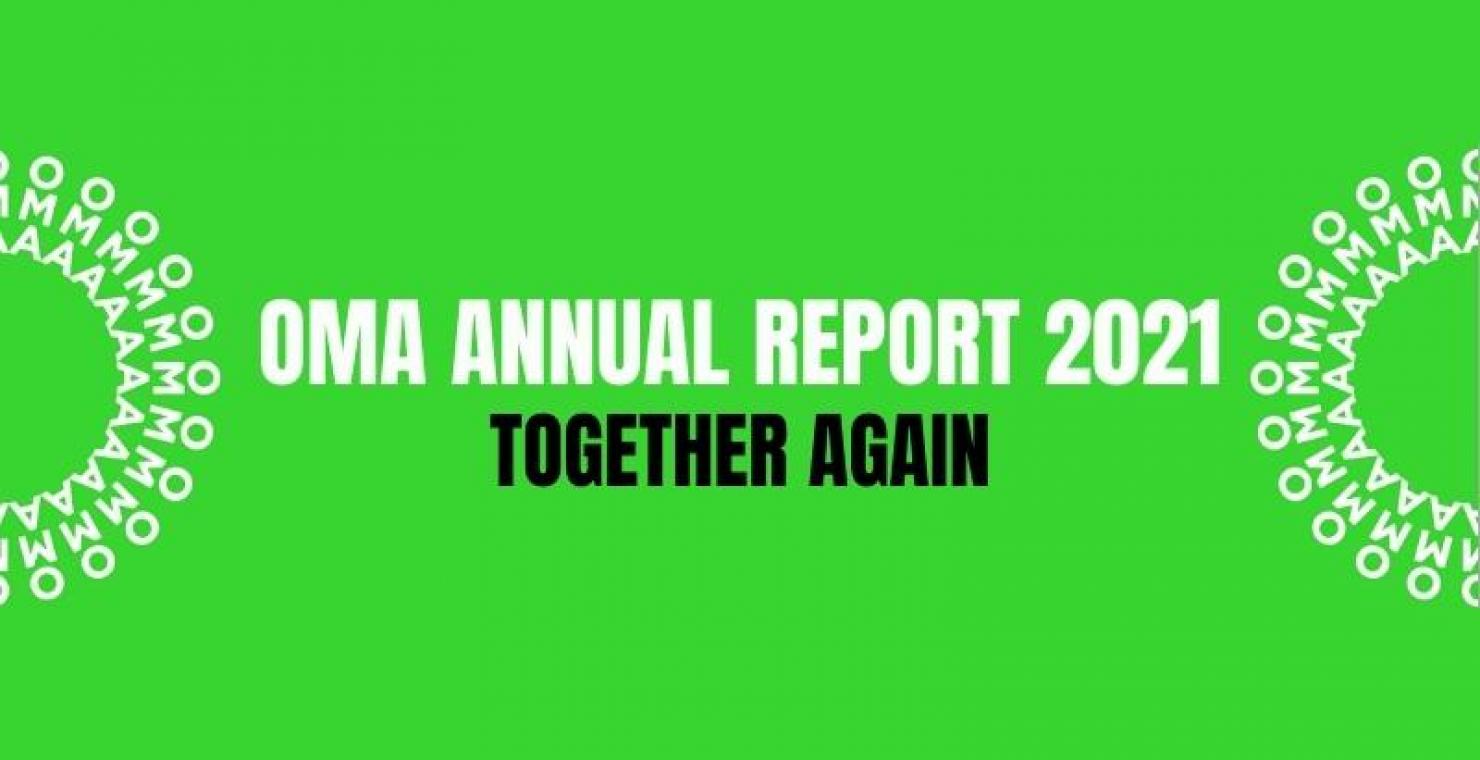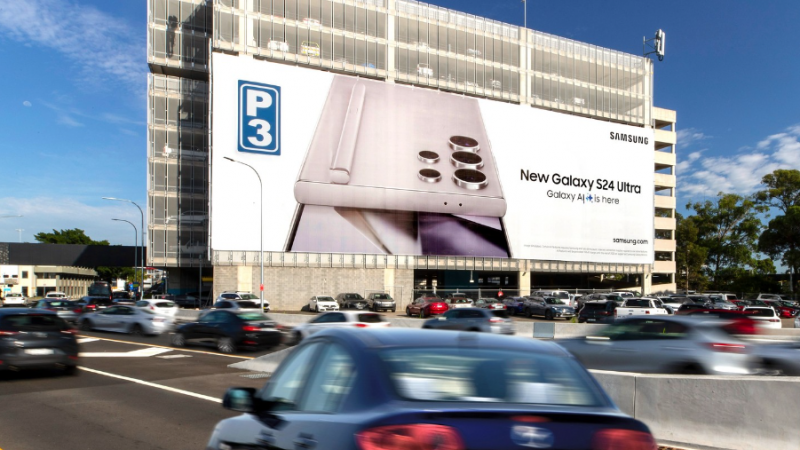
OMA Annual Report reflects a united industry
The Outdoor Media Association (OMA) has today released its 2021 Annual Report, which highlights initiatives that have unified the industry, as well as highlighting its continued commitment to support communities using Out of Home (OOH) media.
“In 2021, we took Michelle Obama’s quote as our guiding light: ‘People who are truly strong lift others up. People who are truly powerful bring others together.’ We came together in our first-ever OUT-FRONT introducing three major undertakings: our updated audience measurement system MOVE 1.5 with the Neuro Impact Factor, the new industry standards, and our goal to be carbon neutral in 2022,” OMA CEO Charmaine Moldrich said.
Two initiatives have since been launched: MOVE 1.5 includes measurement for digital signs using visibility of the sign, length of dwell of the sign, the length of audience dwell in all OOH environments, and The Neuro Impact Factor (NIF). The NIF adds an extra dimension to MOVE 1.5’s reach and frequency scores, and is a world-first, qualitative metric based on neuroscience, showing the impact of campaigns run on classic and digital signs.
Introducing an industry standard provides planners and buyers greater clarity defining agreed criteria for terminology, geography, screen ratios, insertion orders, and transacting using the currency by Share of Time, making it easier to meet campaign objectives.
The report highlights another milestone achievement in 2021: The first healthy eating campaign in partnership with the Australian Government Department of Health. This initiative is part of the OMA’s National Health and Wellbeing Policy, put in place to support government efforts to curtail the issue of overweight and obesity. The Add an extra handful of veggies campaign, valued at $3.2M[1], reached 9.4M people. Of the parents who recalled seeing the campaign, 80 per cent[2] said they were encouraged to make healthier choices for their children’s meals.
“Our signs have the power to influence positive behavioural change and we recognise it is our responsibility to use this power for good. Acting as public noticeboards in our cities and communities, our signs broadcast important public health, safety and wellbeing messages while also being a canvas for inspired advertisers and creatives. In total, OMA members donated free media space and services valued at $123M, supporting more than 160 not-for-profit organisations including arts, sports, and charities nationally in 2021,” Moldrich continued.
The report highlights that 2021 saw the most significant growth in OMA membership with 10 new members joining the Association, bringing the OMA closer to representing 100 per cent of the industry.
“Our spike of investment into audience measurement has fuelled our growth as an Association. We’ve committed $17M to the development of MOVE 2.0 which will measure digital and static sign audiences nationally in metro, as well as regional Australia. MOVE 2.0 will provide measurement that allows for seasonal audience variations, with detailed data allowing users to see changes in audience by the hour, week, and month. Together with agencies and clients, we are ensuring that the new system tells the whole story and works seamlessly,” Moldrich concludes.
MOVE 2.0 will be launched in 2024.
Click here to view or download the OMA Annual Report 2021; contact tallulah.mills-hicks@oma.org.au for a hard copy.
[1] Then-current market rates.
[2] 2021 Dynata survey commissioned by the OMA, n=1,200; parents with children under 15 n=775.


